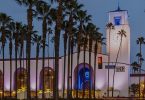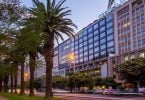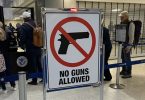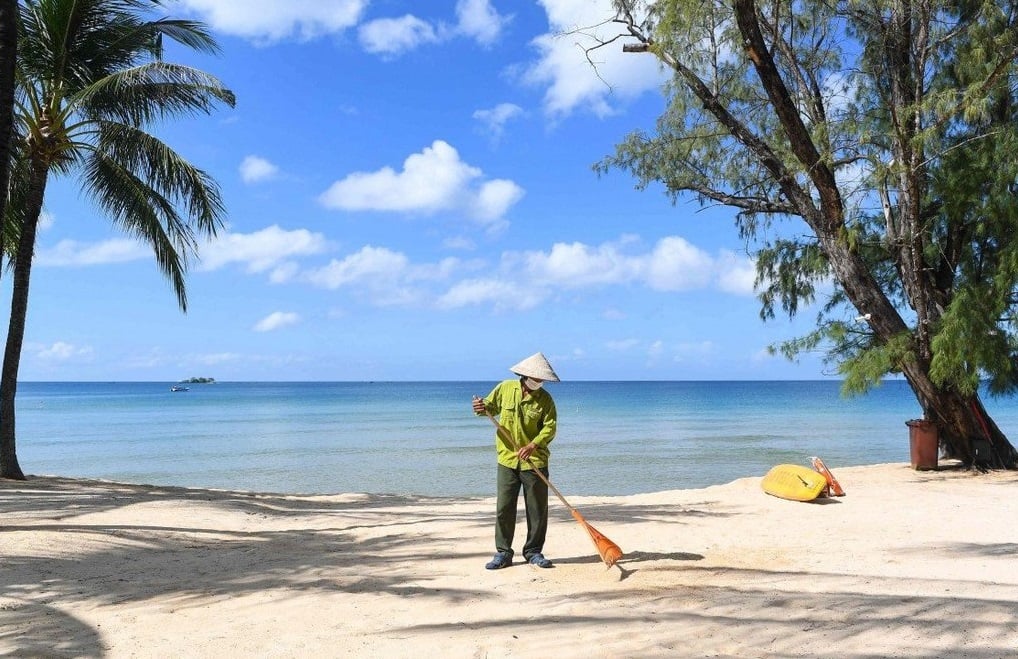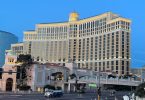Japan will inaugurate its 98th airport this week when Ibaraki Airport, northeast of Tokyo, opens Thursday. One small hitch: It offers only a single flight a day to Seoul.
The event underlines the power of pork-barrel politics in Japan. Ibaraki Airport, which cost 22 billion yen (about $220 million) to build, has become a symbol of the nation’s decades of profligate spending on useless public-works projects that dot the country. The airport itself is expected to incur a loss of 20 million yen its first year of operation.
“There is no airport policy in Japan; it is decided on local political grounds,” said Geoff Tudor, principal analyst at Japan Aviation Management Research, an aviation think tank. “It’s why there are three airports in the Kansai region: Kansai International, Itami airport and Kobe airport.”
But Mr. Tudor, who has done consulting work for the airport, added that while it may take awhile for the airport to become practical, it could eventually be a good option for budget carriers.
The governor of Ibaraki, Masaru Hashimoto, criticizes the government’s handling of the project. “They unilaterally build a state-run airport and then do nothing to get people to use it,” Mr. Hashimoto told the Daily Yomiuri newspaper.
Ibaraki Airport, located 80 kilometers from Tokyo, a 90-minute bus ride from Tokyo Station, is aiming to become a “secondary” airport to Narita International and Haneda Airport, the capital’s two main hubs.
As for Ibaraki’s tourism industry, there is relatively little in the prefecture to woo Korean tourists: The terrain is flat and dotted with U.S.-style megastores. The prefecture’s claims to fame are Kairakuen, one of Japan’s three most-famous gardens, and its prowess in making natto, a pungent Japanese dish of fermented soybeans that many consider an acquired taste.
Japan’s two leading carriers, Japan Airlines Corp., which recently filed for the country’s biggest non-financial bankruptcy protection ever, and All Nippon Airways Co. have refused to fly to Ibaraki Airport. “We couldn’t see the economic rationale behind it,” said Megumi Tezuka, an ANA spokeswoman. “We’re also focusing on expanding our presence at Narita and Haneda this year.”
Tokyo’s Narita International and Haneda airports have been able to offer lucrative new services to the two carriers this year for the first time in decades. Narita will increase its capacity by 20%, while Haneda will add a new runway, expanding its capacity by 40%. Both airports operate at full capacity.
On Thursday, South Korea’s Asiana Airlines will launch a daily flight linking Ibaraki and Seoul’s Incheon airport. Ibaraki Airport is also jockeying to become Tokyo’s gateway for low-cost carriers by more than halving its landing costs compared with Narita and Haneda. It costs 552,000 yen to land an Airbus A330 at Haneda, and 265,090 yen at Ibaraki.
Beginning April 16, Skymark Airlines Inc., a low-fare Japanese airline, will start an Ibaraki-to-Kobe service—a flight of a little more than an hour.
A one-way ticket will go for as little as 5,800 yen if purchased 21 days in advance, beating the cost of the Japanese bullet train from Tokyo to Kobe, which costs more than 20,000 yen a ticket. A Skymark Airlines spokeswoman said the carrier would gauge demand for the route before launching other flights from Ibaraki.
Still, Ibaraki Airport has become a symbol to many of the undue influence of Japanese bureaucrats within the transport ministry. The new Democratic Party of Japan, which assumed power last year, has vowed to smash the power of the nation’s bureaucrats.
Seiji Maehara, Japan’s new transport minister, has criticized the ties between the Liberal Democratic Party and the construction industry, which resulted in big infrastructure projects that dragged on for years. A massive dam project still under construction after 50 years of planning and building, and $5 billion in spending, was halted last year by Mr. Maehara.
He also has been arguing to expand services at Haneda Airport—convenient to Tokyo’s city center. “I’ve been saying that Haneda should be open 24 hours and a hub airport,” said Mr. Maehara at a news conference earlier this year. “We would like to move in this direction gradually.”
The transport ministry declined to comment on Ibaraki’s new airport.



